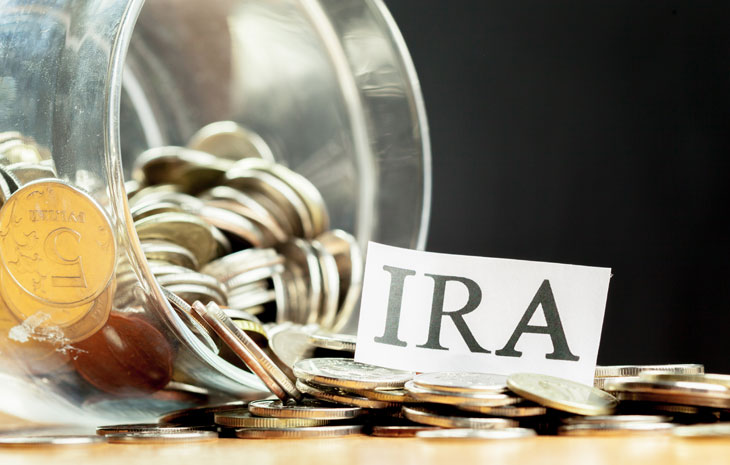
IRA Rollovers 101 for Educators
Traditional Individual Retirement Accounts (IRA) allow teachers to make pre-tax contributions when they save for retirement. A traditional IRA savings account will enable you to contribute and grow your account until you attain retirement, age 59 years old, or even later.
You can roll over a traditional individual retirement account if you retire or change jobs and receive a lump-sum distribution from a qualified pension (i.e., 403B, 401K) plan. You can rollover all or a small part of these funds into a tax-deferred IRA rollover account. You must make this rollover within 60 days from the day you receive your lump-sum distribution.
How Much Money Can Teachers Put Into their IRA Account Annually?
The IRS dictates the amount of money each individual should contribute depending on your age.
From 2015 through 2018, the maximum contribution was $5,500 or $6500 for individuals below 50 years; if above fifty, you can contribute more.
From 2019 to 2021, the limit is between $6,000 and $7,000 for persons below age 50.
However, IRS can still limit your contributions when you are above 50 years, depending on your income and filing status.
An IRA is a must-have for teachers and public employees because you can contribute your pre-tax dollars and watch your investments grow tax-deferred until retirement.
But your annual IRA contribution should not exceed the amount you earn per year. Of course, you can increase your yearly contribution if your salary increases; but, you can’t exceed the limit of contributions.
Can Teachers Still Contribute To Their IRA Account If The District Has A Retirement Plan?
Yes, you can make contributions to a separate IRA account even if your district or employer has a retirement plan for you. However, if your contribution amount exceeds the set limit, your deductions will be limited.
Can Teachers Make Contributions To Their Spouses IRA Account?
Yes, teachers and their spouses can either do a joint IRA or separate IRA, and each party makes contributions to their account. Both of you can make contributions up to the set limit. However, your contribution’s total should not exceed the taxable compensation you both reported on your joint return.
Suppose both your employers have not set up an employee retirement plan; your contributions are then deductible. However, if either of you has a retirement plan with your employer and your contributions to your joint IRA exceeds the limit amount, the IRS can limit your deductions.
Can Teachers Withdraw From Their IRA Before They Turn 59 1/2 Years Old?
Some laws require you to wait until you are aged 59 and a half to make your IRA withdrawal. However, there are several exceptions where you can withdraw before the age limit.
Reasons you can withdraw money from IRA before age 59 ½ years old includes:
- If you become disabled permanently.
- If you are a beneficiary of someone with an IRA.
- The new Secure act allows anyone who has become a parent to withdraw any amount not exceeding $5,000 from their account.
- If you are in the military, you go into active duty for days exceeding 179.
- If you plan to use a distribution of up to $10,000 to either buy, build or renovate your house.
- You or any of your beneficiaries have qualified for higher education; you can withdraw to cover education expenses.
You also have the option to transfer your IRA from another financial institution to us. We will handle all the necessary paperwork at no cost to you.
If you have any questions about traditional IRAs or IRA rollovers, contact a Tax Professional at National Educational Services today.
Contact us below, and we will be in touch with you shortly!





